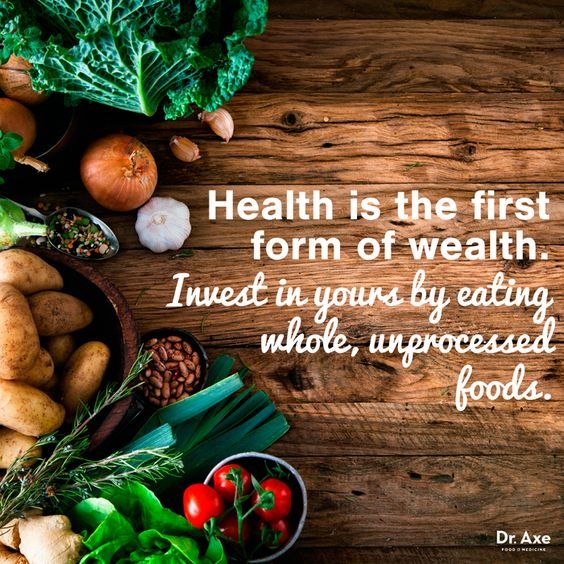
For the second time around, we cooked in the kitchen but this time, we made dishes for a female client whose age is 60, height is 5’1 ft , weight is 54 kg and suffers from Type 1 Diabetes Mellitus condition.
Maintaining a healthy, restricted diet is crucial for type 1 diabetes management. A type 1 diabetes diet is designed to provide maximum nutrition, while limiting sugar and sodium. With type 1 diabetes, your body stops making insulin. So you take insulin every day either through shots or a pump. It’s also key to track your blood sugar levels. Insulin is only part of the picture. Diet and exercise also play important roles in helping keep your blood sugar levels stable. When you make healthy food choices and eat consistent amounts through the day, it can help control your sugars.
Here are the things we considered in meal planning for a diabetic person from what we have been taught in our nutrition class:
- Emphasizes eating a consistent amount of CHO rather than restricting the type of CHO
- All forms of CHO basically affects BG levels similarly when eaten in the same amount
- Carbohydrates should come from vegetables, whole grains, fruits, legumes and dairy products over those that contain sugar, fat and sodium
- Fat quality is more important than quantity. Take it from monounsaturated and polyunsaturated fats, avoid trans-fats and saturated fats.
- Limit or avoid intake of sugar-sweetened beverage
- Reduce sodium to less than 2300mg per day with additional reductions for those with hypertension
- Eat fatty fish at least 2 times (2 servings) per week
Here are the computations for our meal plan:



During our preparation:
Finally our output:
For breakfas,t we prepared ginisang ampalaya with ground pork and egg, 1 slice of papaya 1 cup of rice and 1 cup of water
For lunch, we prepared ginisang munggo with boiled chicken 1/2 cup or rice and 1 glass of water 
for dinner, we prepared fried fish with ginisang kalabasa at sitaw, 1/2 cup of rice and 1 glass of water.

and for midnight snack, we prepare 1 piece of banana and 1/4 cup of yogurt

With these type of activity, I am more equipped with of what to say for the proper nutrition of a client having diabetes. Maybe in the near future, I will handle these kinds of patient and maybe I can spare aggravating their condition with this knowledge I have.
references:
Diabetes and Metabolic Syndrome (lecture notes).
Krucic, G. (2016, april 8). Type 1 Diabetes Diet. Retrieved from http://www.healthline.com/health/type-1-diabetes-diet#Definition1
Diabetes. (n.d.). Retrieved from https://www.diabetesaustralia.com.au/what-should-i-eat









































